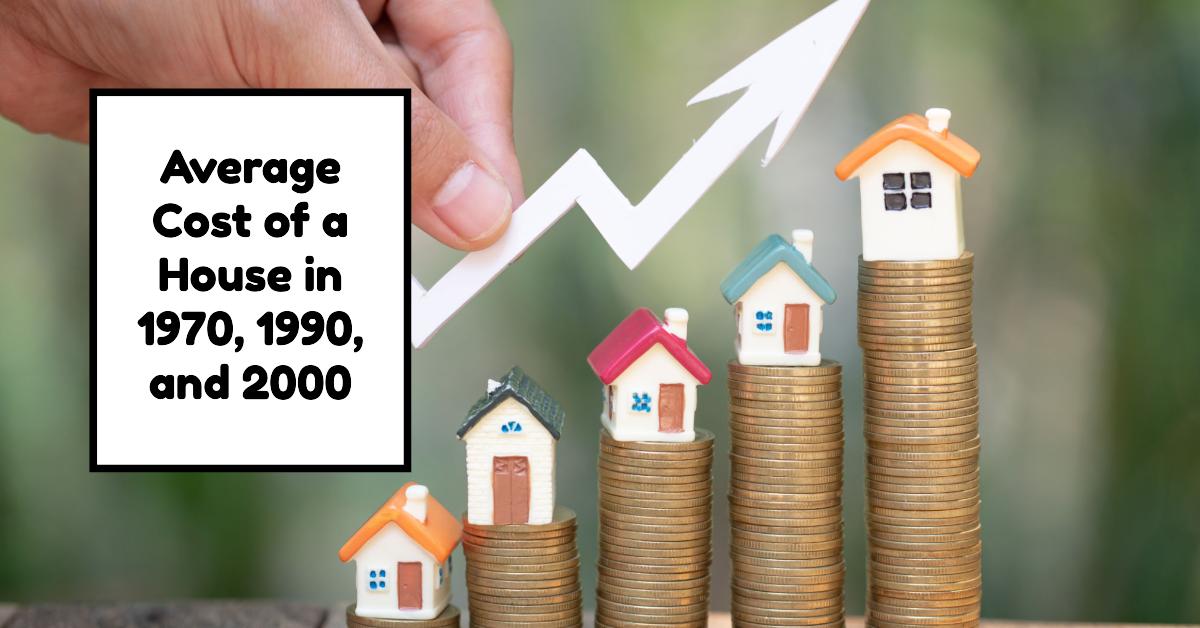E
ver wonder what your grandparents paid for their house? The average cost of a house in 1970, 1990, and 2000 reveals a fascinating story of how much things have changed. Let's explore this time-traveling adventure and uncover how house prices skyrocketed over the years.
In 1970, the average house price was around $27,000. This is less than the cost of a new car today! The data from FRED and the U.S. Census Bureau shows that houses were more affordable back then due to lower interest rates and higher wages relative to housing costs. A single-income household could often afford a mortgage, which is less common today.
However, it's essential to remember that the 1970s also had economic challenges like high inflation and unemployment, as well as discriminatory lending practices limiting access to homeownership for many minority groups. The $27,000 price tag seems low by today's standards, but we must consider the broader context of the era.
Fast-forwarding two decades, the average house price in 1990 jumped significantly to around $150,000, more than five times the 1970 price! Several factors contributed to this rapid escalation: the economic boom fueled inflation, interest rates were relatively high, and the "baby boomer" generation created increased demand. The McMansion phenomenon also emerged during this era, driving up prices.
The changing demographics and limited housing inventory in certain areas further pushed prices upward. Saving for a down payment became a significant hurdle for many young families, making homeownership less accessible. This trend underscored the growing disparity between incomes and housing affordability, shaping the housing market in the decades to come.
By 2000, the average house price had reached around $200,000, another huge leap from the previous decade. The dot-com boom drove up prices in many areas, and bidding wars became common. It's essential to note that regional variations existed, with coastal areas experiencing higher prices than more rural or inland regions.
The housing market trends of the early 2000s laid the groundwork for significant price increases seen in the following years. The year 2000 marked a pivotal point, marking the beginning of a new era characterized by increasing competition, rising prices, and challenges faced by potential homebuyers.
Comparing the average cost of a house across these three decades reveals dramatic growth:
Year | Average House Price
---|---
1970 | $27,000
1990 | $150,000
2000 | $200,000
Several factors contributed to these price hikes: inflation, interest rates, and supply and demand. As the population grew and more people wanted to own homes, especially in desirable areas, competition pushed up prices.
The average cost of a house in 1970, 1990, and 2000 tells us that the housing market is always changing. Understanding these historical trends helps us appreciate the complexities of the real estate market today and form realistic expectations about average house prices and how they might change in the future.















